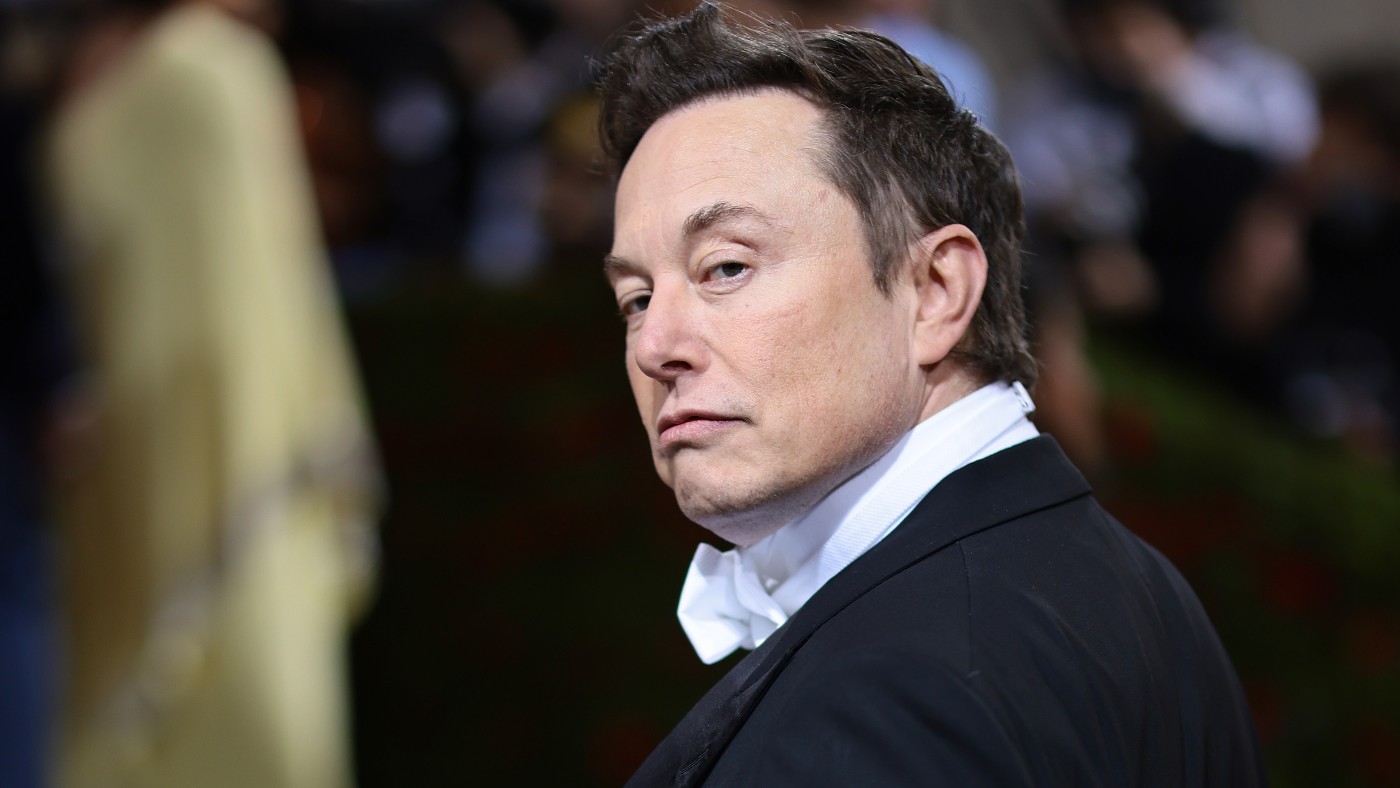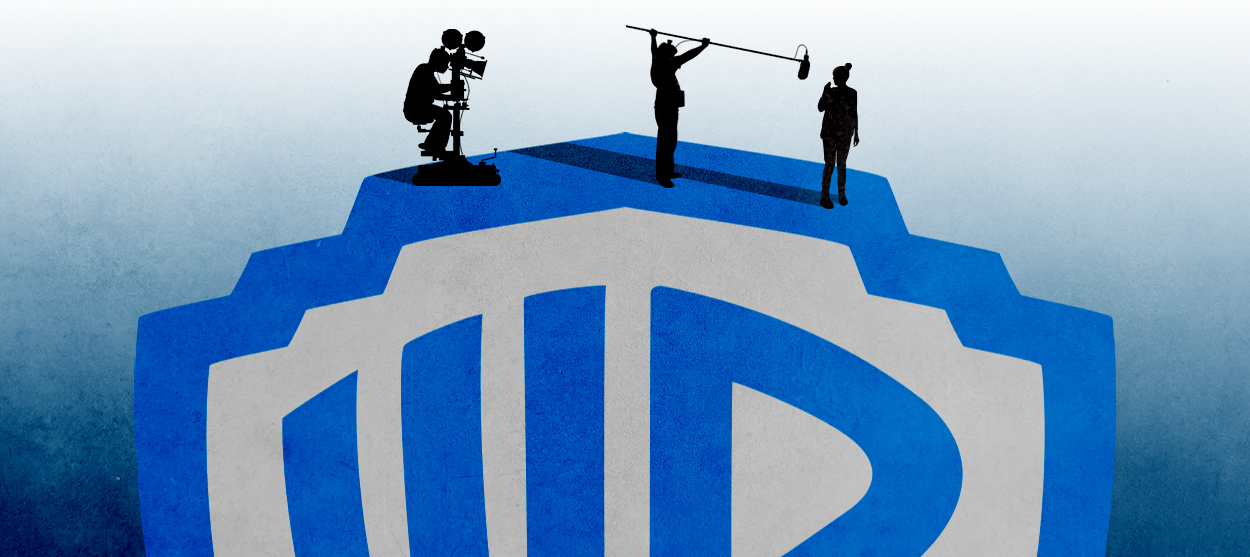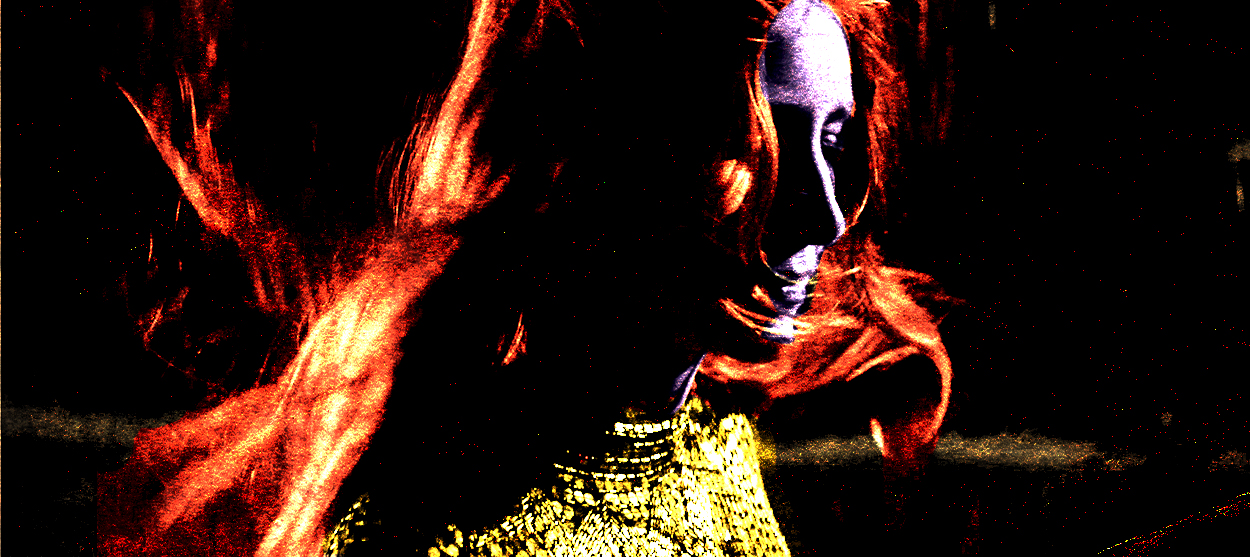Is the future of cinema shaking the theater and blowing smoke in your face?
I saw Batman v Superman in '4DX' so you don't have to


Say what you will about Batman v Superman: It delivers on the fight its title promises. The action blockbuster, which has grossed $783 million and counting since its March release, is the first chance audiences have had to watch DC's two most iconic heroes duke it out on the big screen.
But what if you could do more than watch that big fight from the distance of a movie theater seat? What if you could feel the impact of every punch thrown by Batman and Superman? Or — more accurately, as it turns out — an extremely abstract approximation of what it might feel like to be in the middle of a fight between Batman and Superman?
This is the promise of 4DX, an ambitious attempt to use cutting-edge technology to draw sagging audiences back to the movie theater. The seats bounce and pulse and shift in every direction. Bursts of air and water periodically blast you in the face. The screen is flanked by bursts of smoke and light. There are, allegedly, odors that match the on-screen action, though either my nose or my odor-blaster wasn't working. (For obvious reasons, the technology is largely confined to blockbusters like Batman v Superman, Star Wars: The Force Awakens, and Jurassic World, though it's also been applied to animated films and a handful of horror films.)
The Week
Escape your echo chamber. Get the facts behind the news, plus analysis from multiple perspectives.

Sign up for The Week's Free Newsletters
From our morning news briefing to a weekly Good News Newsletter, get the best of The Week delivered directly to your inbox.
From our morning news briefing to a weekly Good News Newsletter, get the best of The Week delivered directly to your inbox.
All this technology isn't cheap. In New York, a single ticket costs a whopping $28.10. ($25.10 if you're a kid or a senior.) But 4DX does deliver something undeniably different than you'd ever be able to experience at home, and for movie theater chains, that novelty is enough to make 4DX fall somewhere between a cash cow and a godsend.
Hollywood historians will be quick to point out that 4DX is merely the latest chapter of a long, rich tradition of technological innovations designed to enhance the moviegoing experience. In 1959, a pair of competing technologies — dubbed "AromaRama" and "Smell-O-Vision," respectively — added odors to movies in an attempt to make them more immersive. 1974's Earthquake was accompanied by a buzzy new technology called "Sensurround," which used massive speakers to approximate the feeling of being in an earthquake. In 1995, Mr. Payback tried and failed to launch the era of the "Interfilm" — an interactive movie that allowed the audience to push buttons to vote on what would happen next.
Today, it's obvious why none of those technologies caught on: The movies they were attached to were terrible. Smell-O-Vision was attached to Scent of Mystery, a bland thriller notable only for the scenes in which smells like baking bread and pipe tobacco were shoehorned into the narrative. Sensurround debuted with Earthquake, successfully using technology to make a dull disaster movie into a hit — but further practical applications for the technology were harder to come up with, and it disappeared shortly after. Mr. Payback debuted in 44 theaters, but was such a disaster that it has basically disappeared from the public memory, remembered mainly for Roger Ebert's scathing half-star review. The lesson is simple: Storytelling and technology often lie at cross principles, and it's almost impossible to reverse-engineer a good movie when that movie basically exists to showcase a piece of gimmicky technology.
It's to the credit of 4DX, then, that it aims to do something a little different: Enhance a movie that exists with or without the technology. The closest cousin is probably 3D — a technology Hollywood played around with for decades, in one form to another, before modern stereoscopic technology made a 3D release a foregone conclusion for any modern blockbuster or animated film. Like 3D, 4DX is strictly an opt-in/opt-out proposition; if you'd rather see the movie in a conventional format, there are literally thousands of other theaters in which you can do so.
A free daily email with the biggest news stories of the day – and the best features from TheWeek.com
But while 4DX has a long, long way to go before it can reach even a thousandth of the theaters that display movies in 3D, there are reasons the technology should give cinephiles pause. If you believe in the idea that a filmmaker should be responsible for the final cut of a film, you'll likely be disturbed to learn that the 4DX version of Batman v Superman was crafted without any input from director Zack Snyder.
And there's no doubt that the technology has a profound impact on the way a filmgoer experiences Snyder's film. Seen in 4DX, the story of Batman v Superman is almost beside the point. When the technology is working, you're so caught up in the visceral experience that you don't take the time to think about what's happening; when the technology isn't working, there's a part of your brain that pulls you out of the film, wondering naggingly when it'll kick back on.
The most effective moment of my experience with 4DX at Batman v Superman came when the technology stopped. After the chaos of the film's opening sequence — which offers a ground-level view of the climactic battle from 2013's Man of Steel, when Superman and Zod leveled large swaths of Metropolis in a vicious battle that left thousands of bystanders dead. As the camera swirls around Bruce Wayne, running through the streets as the city falls apart, the 4DX was firing on every cylinder: flashing lights, bursts of smoke, and a seat that was bouncing around like a roller coaster. It was overwhelming — and while that was probably the point, it wasn't necessarily a good thing.
And then it just… stopped. All at once, the whole 4DX mechanism came to a halt, as Bruce Wayne stood in the silent, eerie wreckage of a ruined city. In that moment, the sudden absence of the 4DX enhanced the emotion of the scene, highlighting the horror and the isolation of a bustling city suddenly devastated into silence. It was haunting, and effective — and in that moment, my experience of the film was undeniably enhanced.
Of course, it's difficult to use a moment in which 4DX wasn't happening as an argument for 4DX. A movie theater and a theme park are both designed for immersive entertainment, but the experiences they offer are fundamentally different, and cross-pollination doesn't exactly play to the strengths of either. In some ways, Batman v Superman is probably the ideal movie for 4DX; the gee-whiz technology is attention-grabbing enough to make the film's narrative flaws seem less glaring. But when it comes to a good movie, I'm not as convinced.
In the end, 4DX is designed to enhance the effect of cinema — but for anyone who loves the movies, it's hard to shake the feeling that cinema didn't really need the help.
Scott Meslow is the entertainment editor for TheWeek.com. He has written about film and television at publications including The Atlantic, POLITICO Magazine, and Vulture.
-
 Jeremy Hunt picks his favourite books
Jeremy Hunt picks his favourite booksThe Week Recommends The former chancellor shares works by Mishal Husain, Keach Hagey, and Johan Norberg
-
 Is the UAE fuelling the slaughter in Sudan?
Is the UAE fuelling the slaughter in Sudan?Today’s Big Question Gulf state is accused of supplying money and advanced Chinese weaponry to RSF militia behind massacres of civilians
-
 Peter Doig: House of Music – an ‘eccentric and entrancing’ show
Peter Doig: House of Music – an ‘eccentric and entrancing’ showThe Week Recommends The artist combines his ‘twin passions’ of music and painting at the Serpentine Gallery
-
 Walter Isaacson's 'Elon Musk' can 'scarcely contain its subject'
Walter Isaacson's 'Elon Musk' can 'scarcely contain its subject'The latest biography on the elusive tech mogul is causing a stir among critics
-
 Welcome to the new TheWeek.com!
Welcome to the new TheWeek.com!The Explainer Please allow us to reintroduce ourselves
-
 The Oscars finale was a heartless disaster
The Oscars finale was a heartless disasterThe Explainer A calculated attempt at emotional manipulation goes very wrong
-
 Most awkward awards show ever?
Most awkward awards show ever?The Explainer The best, worst, and most shocking moments from a chaotic Golden Globes
-
 The possible silver lining to the Warner Bros. deal
The possible silver lining to the Warner Bros. dealThe Explainer Could what's terrible for theaters be good for creators?
-
 Jeffrey Wright is the new 'narrator voice'
Jeffrey Wright is the new 'narrator voice'The Explainer Move over, Sam Elliott and Morgan Freeman
-
 This week's literary events are the biggest award shows of 2020
This week's literary events are the biggest award shows of 2020feature So long, Oscar. Hello, Booker.
-
 What She Dies Tomorrow can teach us about our unshakable obsession with mortality
What She Dies Tomorrow can teach us about our unshakable obsession with mortalityThe Explainer This film isn't about the pandemic. But it can help viewers confront their fears about death.
